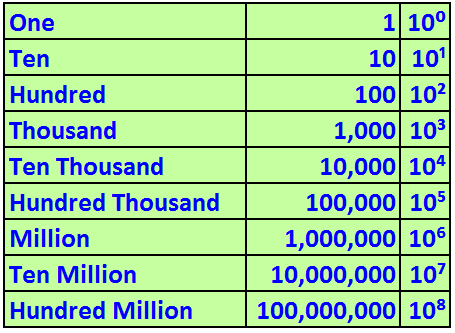

It does this by correcting nuclear and modern renewable technologies to their ‘primary input equivalents’ if the same quantity of energy were to be produced from fossil fuels. The ‘substitution method’ – in comparison to the ‘direct method’ – attempts to correct for the inefficiencies (energy wasted as heat during combustion) in fossil fuel and biomass conversion.

Note that this data presents primary energy consumption via the ‘substitution method’. It is based on historical estimates of primary energy consumption from Vaclav Smil, combined with updated figures from BP’s Statistical Review of World Energy. It graphs global energy consumption from 1800 onwards. We see this transformation of the global energy supply in the interactive chart shown here. The energy system has transformed dramatically since the Industrial Revolution. We do this to compare energy data across different metrics and sources. So at Our World in Data we try to maintain consistency by converting all energy data to watt-hours. This can be confusing, and make comparisons difficult. In the energy domain, there are many different units thrown around – joules, exajoules, million tonnes of oil equivalents, barrel equivalents, British thermal units, terawatt-hours, to name a few. In our pages on the Energy Mix and Electricity Mix we look in more detail at what sources provide this energy. This article focuses on the quantity of energy we consume – looking at total energy and electricity consumption how countries compare when we look at this per person and how energy consumption is changing over time. Not only have new sources of energy been unlocked – first fossil fuels, followed by a diversification to nuclear, hydropower and now other renewable technologies – but also in the quantity we can produce and consume. The availability of energy has transformed the course of humanity over the last few centuries.


 0 kommentar(er)
0 kommentar(er)
